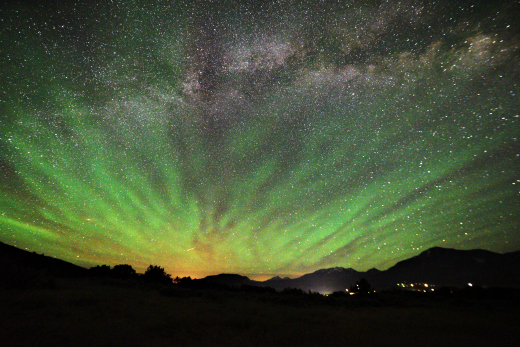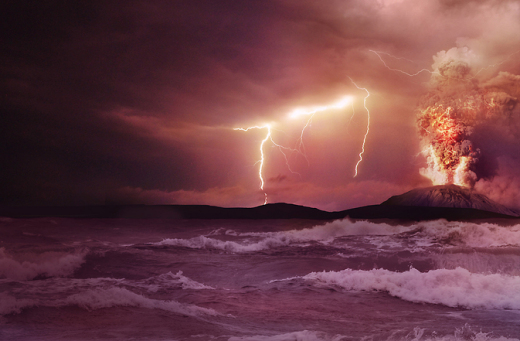
As the sun nears its peak in cycle 25, giant sunspots drive a major burst of auroral activity. “We have a very rare event on our hand,” Shawn Dahl, Service Coordinator of NOAA’s Space Weather Prediction Group, told reporters on Friday (May 10) just hours before the northern lights spectacle began.
– – –
Many people around the world have just seen auroras for the first time in their lives. This includes residents of the Florida Keys, says Spaceweather.com.
. . .
Seeing auroras in the Florida Keys is extraordinary, but the light show didn’t stop there. Sky watchers saw the sky turn red across the Carribean.
. . .
“The last events on record when auroras were seen from Puerto Rico were in 1859 and 1921, so tonight was an historic event”, says Eddie Irizarry from the Sociedad de Astronomia del Caribe (Astronomical Society of the Caribbean).
Auroras also appeared in Mexico.
Source including aurora images here.
– – –
Image: Auroral activity seen from North Wales (UK), 10 May 2024 [credit: M.Robinson]





















